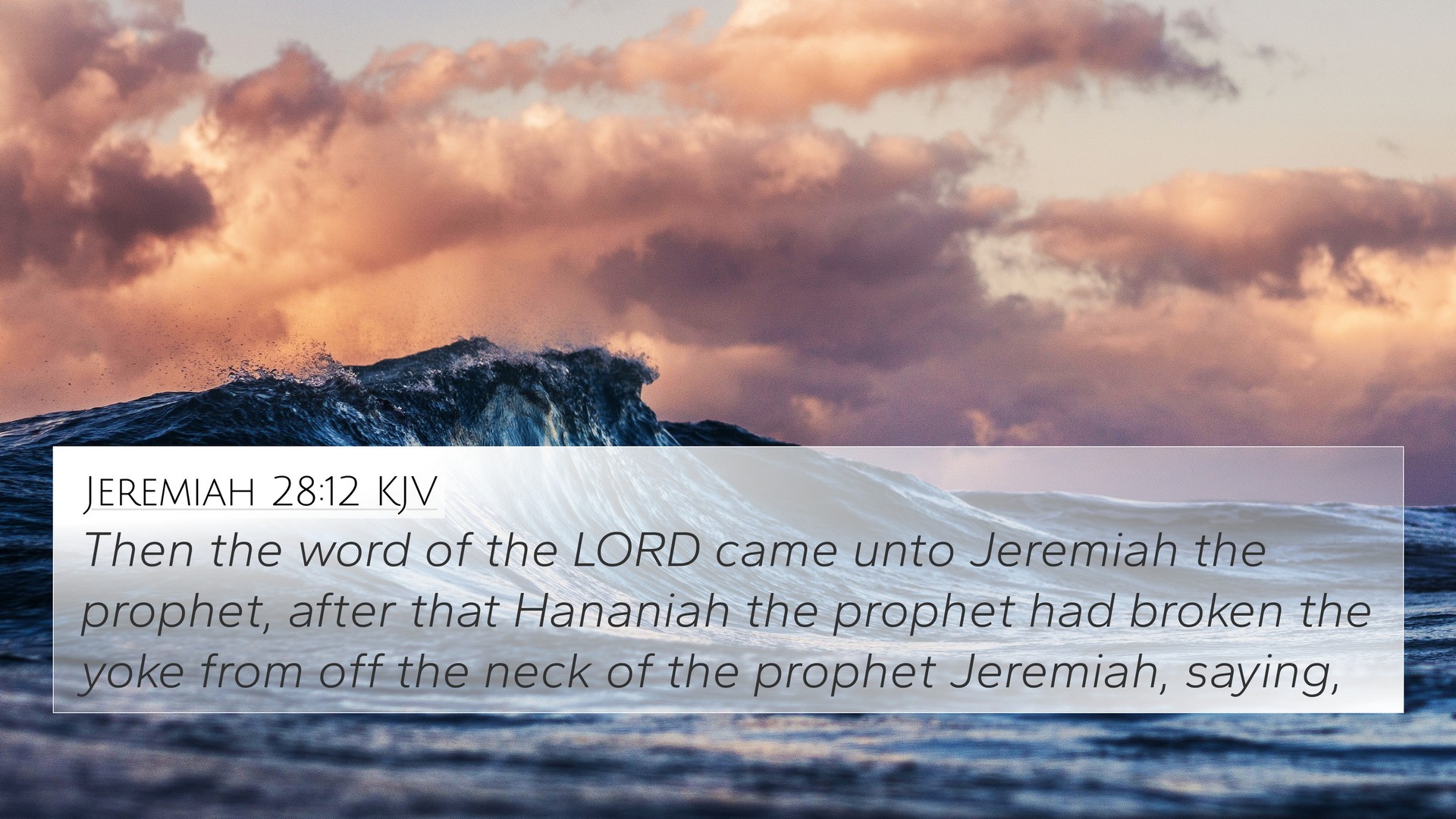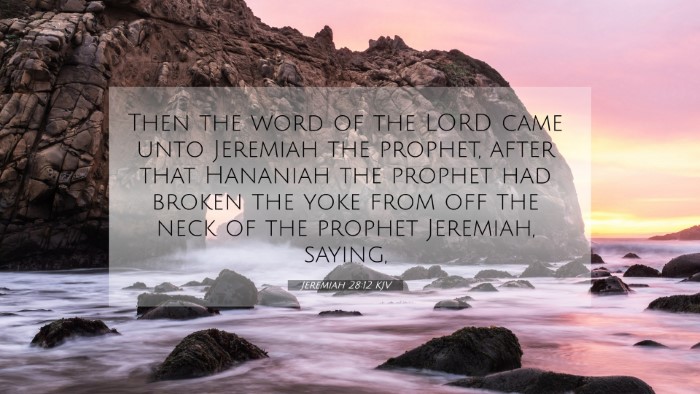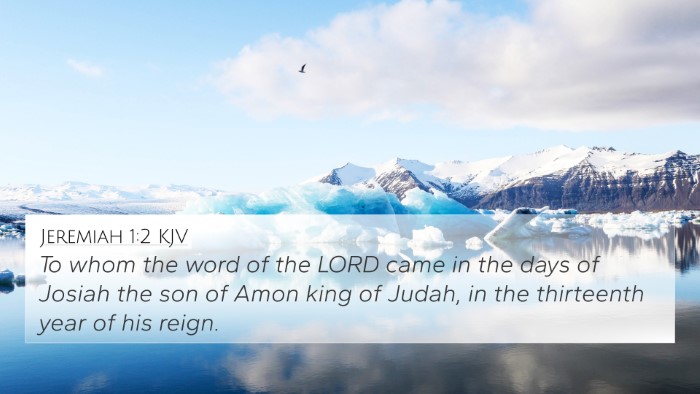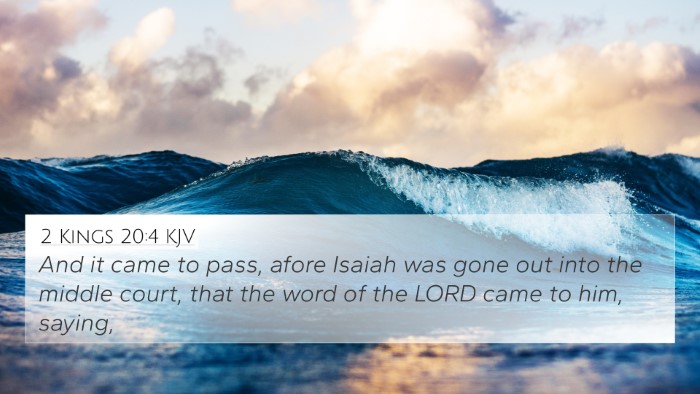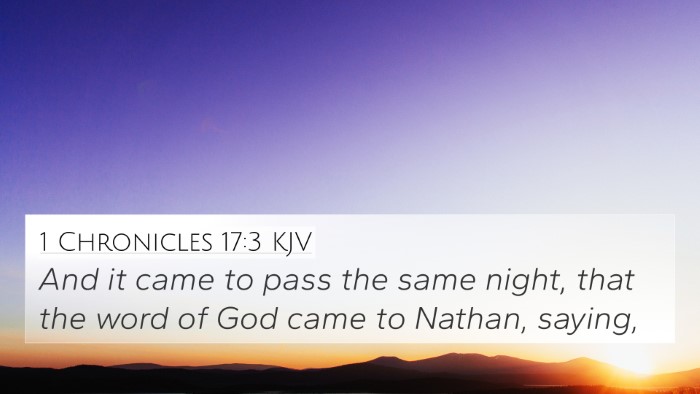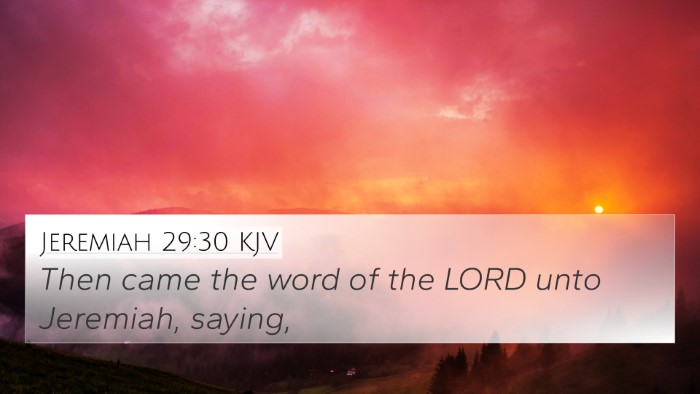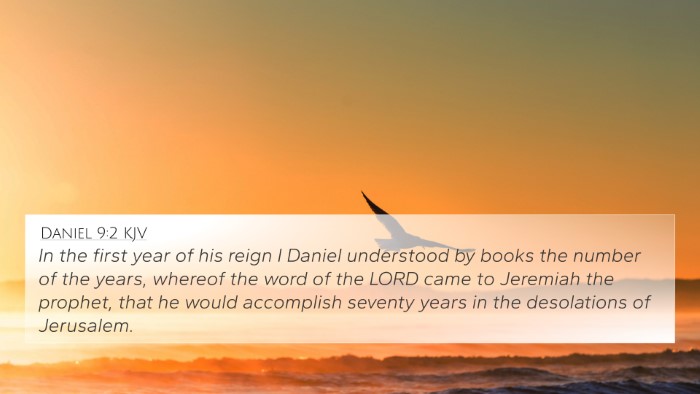Meaning and Interpretation of Jeremiah 28:12
Jeremiah 28:12 states:
"Then the word of the Lord came to Jeremiah the prophet, after Hananiah the prophet had broken the yoke from off the neck of the prophet Jeremiah."
Overview
This verse occurs in the context of a prophetic dialogue between Jeremiah and Hananiah. It highlights the moment when Hananiah symbolically breaks the yoke representing Babylonian oppression, delivering a message of hope to the people of Israel. However, this gesture is met with divine rebuke.
Contextual Analysis
In this chapter, Hananiah proclaims a message contrary to that of Jeremiah, claiming that the Lord would soon restore Israel and break the yoke placed by Nebuchadnezzar. Jeremiah’s original prophecy spoke of a longer period of Babylonian captivity, making the clash between these prophets significant in understanding the nature of true and false prophecy.
Key Themes
- True vs. False Prophecy: This encounter exemplifies the need for discernment when interpreting prophetic messages.
- Divine Revelation: The re-emergence of God's word to Jeremiah emphasizes the sovereignty of God in directing history.
- Hope and Judgment: The message held both elements of hope for Israel's eventual restoration and the reality of their current judgment.
Commentary Insights
Matthew Henry's Commentary
Matthew Henry articulates that Hananiah's act was a public challenge to Jeremiah's warning. He views Hananiah's actions as both a sign of arrogance and a failure to recognize God's ultimate authority and timing. Henry reminds readers that confidence in God's word often faces opposition and underscores the importance of remaining steadfast in faith.
Albert Barnes' Commentary
Albert Barnes focuses on the immediate implication of the breaking of the yoke, indicating it symbolizes a premature optimism about Israel's circumstances. Barnes argues that Hananiah's false prophecy not only misled the people but also caused further judgment rather than relief.
Adam Clarke's Commentary
Adam Clarke elaborates on the symbolism of the yoke, interpreting it as a representation of idolatry and servitude to Babylon. He describes how breaking the yoke prophetically signifies the call to return to allegiance to God alone. Clarke emphasizes the necessity of recognizing God’s messengers and adhering to biblical truths.
Inter-Biblical Connections
This verse can be linked to several other scriptural passages that provide additional context and insight:
- Jeremiah 27:12-15: Jeremiah's original message about the yoke of Babylon.
- Deuteronomy 18:20-22: Guidelines for discerning true prophets.
- Isaiah 46:10: God's declaration of His sovereignty over history.
- 1 Kings 22:22-23: Example of false prophecies occurring in Israel's history.
- Ezekiel 13:2-4: Condemnation of false prophets in Israel.
- Matthew 7:15-20: Jesus’ teaching on recognizing false prophets by their fruits.
- 2 Timothy 4:3-4: Warning against those who will not endure sound doctrine.
Thematic Cross-Referencing
Several themes from Jeremiah 28:12 resonate throughout the scriptures and can be explored through various cross-referencing methods. Here are potential cross-references:
- False Hope: Lamentations 2:14 discusses the deceptive visions of false prophets.
- Obedience vs. Rebellion: Romans 13:1-2 emphasizes submission to governing authorities ordained by God.
- Divine Sovereignty: Proverbs 19:21 affirms that many are the plans in a person's heart, but it is the Lord's purpose that prevails.
- Hope of Redemption: Isaiah 40:31 guarantees that those who wait on the Lord will renew their strength.
- The Role of Prophets: Hebrews 1:1-2 explains God's historical communication through prophets leads to the final word in Christ.
- Discernment Among Believers: 1 John 4:1 urges believers to test the spirits to see whether they are from God.
Tools for Deeper Understanding
For those seeking to explore the themes and connections in Jeremiah 28:12 deeply, several tools for Bible cross-referencing can enhance your study:
- Bible Concordance: Useful for locating specific themes and words across different texts.
- Bible Cross-Reference Guide: Offers insights on similar passages and thematic linking.
- Bible Reference Resources: Educational tools that assist in comparative verse analysis.
- Cross-Reference Bible Study: Methodologies that emphasize the relational aspects of biblical texts.
- Comprehensive Bible Cross-Reference Materials: Exhaustive resources for a deeper theological inquiry.
Conclusion
In conclusion, Jeremiah 28:12 serves as a poignant reminder of the importance of discernment in prophetic messages, highlighting the contrast between human optimism and divine truth. It invites readers to reflect on the enduring relevance of biblical teachings and the necessity of aligning with God's true word. As such, it can be foundational for further study and exploration of related biblical themes.
